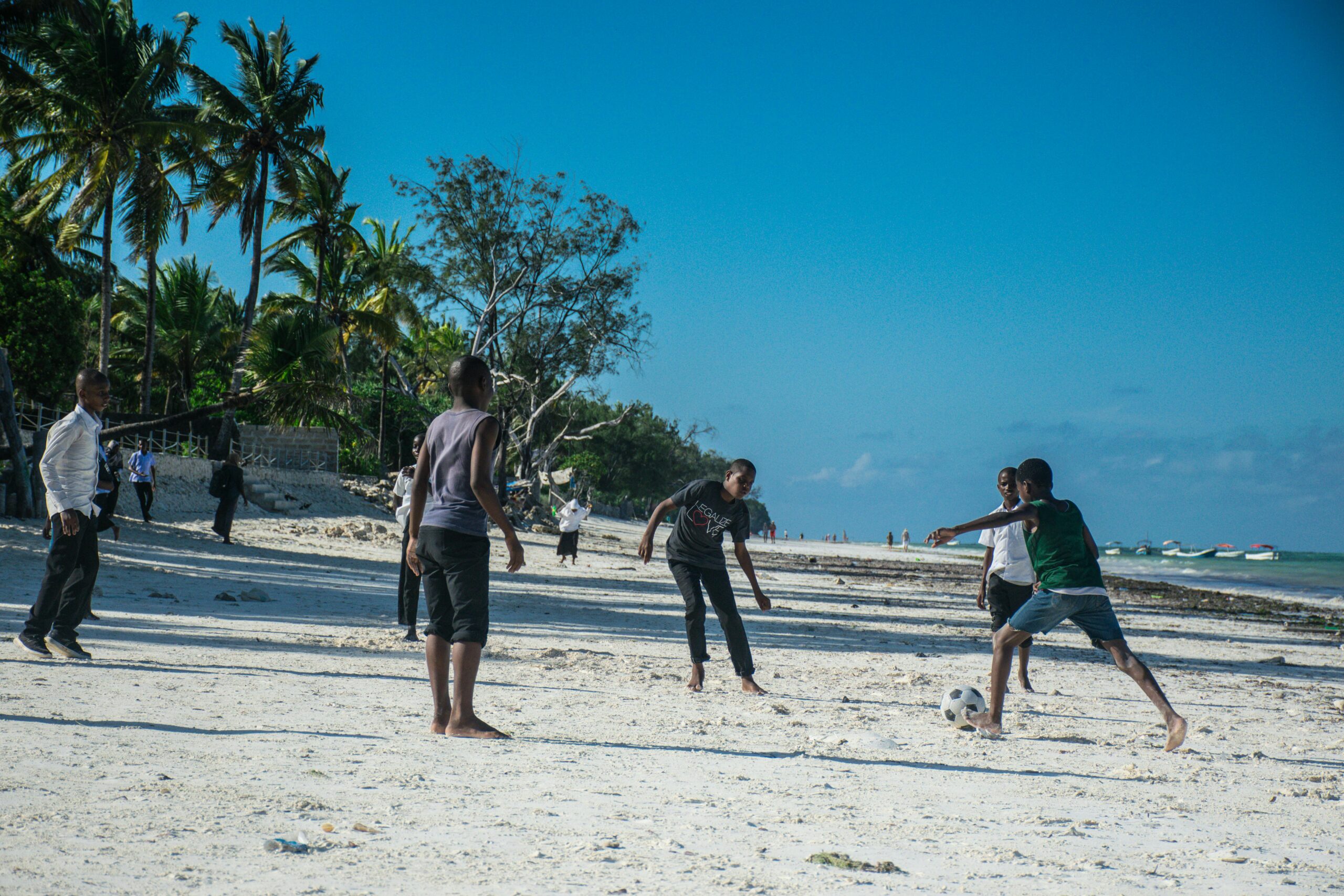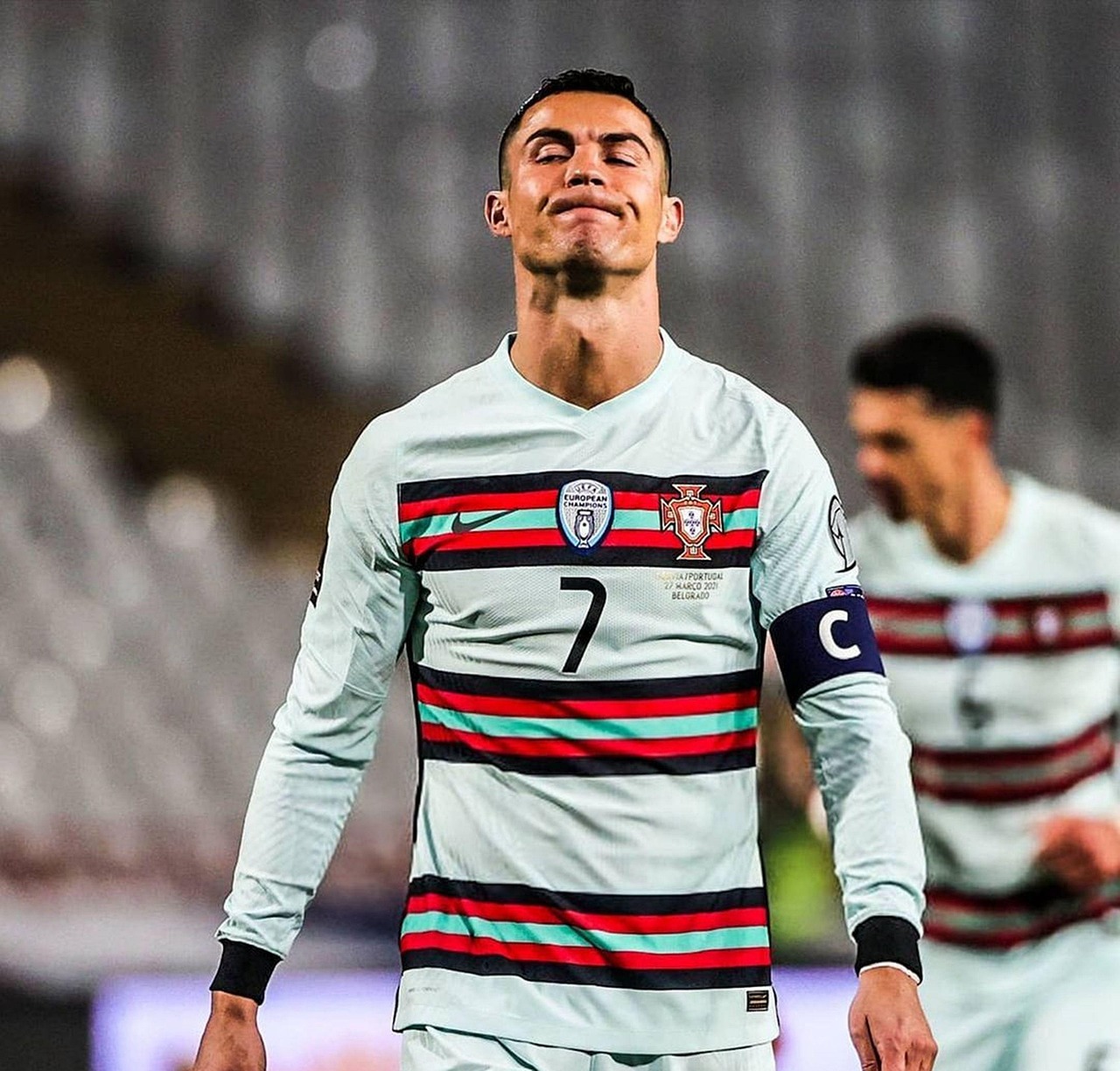When Mohamed Salah curled home his 44th goal of the 2017-18 season to break the Premier League record, he wasn’t just rewriting the history books—he was redefining what the world expected from African football. Alongside Sadio Mané’s relentless brilliance at Liverpool, these two icons transformed the narrative of African players from promising prospects to genuine global superstars. But as Salah approaches his thirties and Mané continues his journey in Saudi Arabia, a tantalizing question emerges: who will carry the torch that has burned so brightly for African football?
The legacy that Mohamed Salah and Sadio Mané have crafted extends far beyond their individual accolades and trophy cabinets. Together, they’ve elevated African football’s global profile to unprecedented heights, proving that players from the continent don’t just belong among Europe’s elite—they can lead it. Salah’s record-breaking exploits at Liverpool turned him into a cultural phenomenon, transcending sport to become a symbol of hope and achievement across the Arab world and beyond. Meanwhile, Mané’s infectious smile and devastating pace made him a fan favorite while his Champions League and Premier League triumphs with Liverpool, followed by his AFCON victory with Senegal, cemented his status as one of Africa’s greatest ever exports.
Yet football, like time itself, waits for no one. As these established stars enter the twilight phases of their careers—Salah at 32 still performing at the highest level but inevitably aging, and Mané, 32, having made his move to Al Nassr—African football finds itself at a fascinating crossroads. This transition period presents both challenge and opportunity: can the continent produce successors capable of matching their predecessors’ impact on the global stage?
The answer appears to be a resounding yes. Across Africa’s vast expanse, from the bustling academies of West Africa to the emerging football hotbeds of North and East Africa, a new generation of extraordinary talent is rising. These aren’t merely players hoping to fill the void left by Salah and Mané—they’re athletes determined to create their own legacies, armed with modern training methods, enhanced tactical awareness, and the invaluable blueprint of success their predecessors have provided.
From Victor Osimhen’s goal-scoring prowess that helped fire Napoli to their first Serie A title in over three decades, to Mohammed Kudus’s electrifying performances that have West Ham fans dreaming of European glory, to the defensive solidity of William Saliba anchoring Arsenal’s title challenges—African football’s next chapter is already being written. The continent’s football evolution continues, and the world is about to witness just how bright the future truly is.
The Current Landscape
The numbers tell a remarkable story. Before Salah and Mané’s rise to prominence, African players in Europe’s top five leagues were often viewed through a lens of potential rather than proven excellence. Today, that narrative has been completely rewritten. Salah’s 44-goal Premier League record and subsequent Golden Boot victories, combined with Mané’s crucial role in Liverpool’s Champions League and Premier League triumphs, have fundamentally altered how European clubs scout, recruit, and develop African talent. Their success opened floodgates that had been merely cracked before—suddenly, every major European club began intensifying their African scouting networks, recognizing that the continent wasn’t just a source of raw talent, but of ready-made superstars.
The cultural significance extends far beyond statistics and trophies. Salah became more than a footballer in Egypt and across the Arab world; he became a symbol of what’s possible when talent meets opportunity. His image adorns buildings in Cairo, and his success story is taught in schools as an example of dedication and perseverance. Mané’s journey from the dusty pitches of Bambali in Senegal to Anfield’s hallowed turf inspired an entire generation of young Africans to believe in their dreams. Together, they’ve proven that African players can be the faces of the world’s biggest clubs, not just squad players or rotation options.
The gap they’ll inevitably leave behind is substantial, but it’s also precisely sized for opportunity. Their combined influence created a pipeline of expectation and investment that benefits the next generation. European clubs now have established African scouting networks, youth academies across the continent receive increased funding and attention, and young African players have tangible examples of the heights they can reach. Rather than a void, Salah and Mané’s eventual departure creates a platform—one that the next generation is already climbing.
Rising Attackers and Wingers
Victor Osimhen has already staked his claim as the heir apparent to African attacking excellence. The Nigerian striker’s 26 goals in Napoli’s 2022-23 Serie A triumph weren’t just numbers—they were statements of intent from a player who combines raw power with clinical finishing. At 25, Osimhen possesses the physical attributes and mental fortitude that made him Serie A’s most feared striker, and his move to Galatasaray on loan has only increased his global profile. His ability to score crucial goals in big moments mirrors the clutch gene that made Salah and Mané so valuable to Liverpool.
Mohammed Kudus has emerged as Ghana’s brightest attacking talent, bringing a versatility that modern football demands. The West Ham forward can operate across the front line, combining pace, skill, and an eye for goal that has made him one of the Premier League’s most exciting young talents. His performances in the 2022 World Cup announced him to the world, but it’s his consistency in England’s top flight that has established him as a genuine star in the making.
Serhou Guirassy’s remarkable 2023-24 season with Stuttgart, where he scored 28 goals in the Bundesliga, demonstrated that African strikers can thrive in Germany’s top flight. The Guinea international’s blend of physicality and technical ability has attracted attention from across Europe, proving that the next generation of African attackers are already making their mark in multiple leagues.
Midfield Maestros
The midfield represents perhaps African football’s most evolved area, with players who combine the traditional physicality and athleticism associated with the continent with sophisticated tactical understanding. Sofyan Amrabat exemplified this evolution during Morocco’s stunning World Cup run, where his defensive work and distribution from deep positions helped the Atlas Lions reach the semifinals. His subsequent move to Manchester United, though challenging, demonstrated the trust top clubs now place in African midfielders to anchor their systems.
Pape Matar Sarr represents Senegal’s continued production line of exceptional midfield talent. The Tottenham youngster has shown remarkable maturity for his age, combining box-to-box energy with technical precision that suggests he could become the heartbeat of both club and country for years to come. His development trajectory mirrors that of other Senegalese midfield successes, suggesting a systematic approach to player development in the region.
Amadou Onana’s dual eligibility situation highlights the new reality for African football—top talents are increasingly courted by multiple nations. The powerful midfielder’s choice to represent Belgium internationally while maintaining Senegalese heritage reflects the global nature of modern football, but also the quality that makes African-heritage players so sought after by European national teams.
Defensive Stalwarts
African defending has undergone a renaissance, moving beyond stereotypes of purely physical players to showcase technically gifted, tactically astute defenders who can build from the back. William Saliba exemplifies this evolution perfectly. The Arsenal center-back’s composure on the ball, combined with his defensive solidity, has made him one of the Premier League’s most highly regarded young defenders. His dual French-Cameroonian heritage represents the modern African player—technically refined, tactically intelligent, and comfortable in possession.
Achraf Hakimi continues to redefine what full-backs can achieve in modern football. The PSG defender’s attacking output rivals that of many wingers, while his defensive responsibilities never suffer. His performances for Morocco in their historic World Cup campaign showcased a player comfortable operating at the highest level of international football, and his club form consistently reinforces his status among the world’s elite full-backs.
The emergence of players like Edmond Tapsoba at Bayer Leverkusen and Castello Lukeba at RB Leipzig demonstrates the depth of defensive talent coming through African development systems. These players combine traditional defensive virtues with modern requirements—pace to deal with counter-attacks, technical ability to contribute to build-up play, and tactical intelligence to operate in high-pressing systems.
The Next Wave (Under-21 Talents)
Perhaps most encouragingly for African football’s future, the pipeline of young talent appears stronger than ever. Major European clubs have invested heavily in African academy systems, creating pathways that didn’t exist when Salah and Mané were developing. Players like Barcelona’s promising youngsters from La Masia, Manchester City’s academy graduates, and Chelsea’s loan army increasingly feature African talent who’ve been developed within European systems from early ages.
The 2024-25 season has seen several breakthrough performances from African youngsters making their mark in top leagues. These players benefit from superior coaching, nutrition, and sports science from earlier ages than previous generations, suggesting that the baseline quality of African players entering European football will continue to rise. Their comfort with tactical systems and technical demands reflects a generation that has grown up with professional coaching rather than developing these skills later in their careers.
Youth international tournaments have become showcases for this emerging talent, with scouts from major clubs regularly attending African youth championships. The quality on display at these tournaments has improved dramatically over the past decade, reflecting both improved domestic coaching and increased investment in youth development across the continent.
Continental Representation
North Africa continues to lead African football’s global representation, with Morocco’s World Cup semifinal appearance serving as a catalyst for increased recognition. The region’s proximity to Europe, combined with strong domestic leagues and excellent youth development programs, has created a sustainable pipeline of talent. Players like Hakimi, Amrabat, and emerging stars from Tunisia, Algeria, and Egypt demonstrate the region’s continued strength.
West Africa remains the traditional powerhouse of African football production, with Nigeria, Ghana, and Senegal continuing to produce world-class talent. The region’s combination of natural athleticism, technical ability, and tactical understanding has created players who excel across all positions. The success of academies in countries like Ghana and Nigeria, often in partnership with European clubs, has streamlined the development process.
Central and East Africa represent emerging markets with enormous potential. Countries like the Democratic Republic of Congo, Cameroon, and Kenya are investing heavily in youth development, while nations like Rwanda and Tanzania are building football infrastructure that could produce the next generation of stars. The success of players like Lukeba demonstrates that talent exists across the entire continent, waiting for the right development opportunities.
Challenges and Opportunities
The modern African player faces a unique set of challenges and opportunities that didn’t exist for previous generations. The competition for national team representation has intensified as more African-heritage players develop through European systems, creating situations where countries must choose between diaspora talents and home-grown players. This competition, while challenging for individual players, ultimately raises the standard of African national teams.
Development pathways from African academies to European clubs have become more sophisticated and direct. Partnerships between European clubs and African academies have created clear routes for talented youngsters to access world-class coaching and facilities. However, this system also creates challenges around player retention and ensuring that local leagues benefit from this talent development.
The Africa Cup of Nations has evolved into a crucial showcase for African talent, with European scouts and agents paying closer attention than ever before. The tournament’s timing and frequency can disrupt European club seasons, but it also provides a platform for players to demonstrate their abilities on a continental stage, often leading to transfers and increased recognition.
Impact on African Football
The success of current African stars has fundamentally changed how the football world perceives African players and African football development. Investment in African academies has increased dramatically, with European clubs establishing satellite academies and partnerships across the continent. This investment creates a virtuous cycle—better coaching produces better players, which attracts more investment and attention.
Infrastructure development has accelerated, with new training facilities, pitches, and administrative buildings appearing across the continent. Countries like Morocco, Nigeria, and Ghana have invested heavily in football infrastructure, recognizing its potential for economic development and global soft power projection.
The economic impact extends beyond individual player transfers. Successful African players become brands, attracting sponsorship deals and commercial opportunities that benefit not just themselves but often their home communities and countries. Salah’s commercial success, for example, has attracted significant investment to Egyptian football and created opportunities for other Egyptian players.
Looking Ahead
The next five years promise to be transformative for African football. The current generation of emerging stars will reach their peak years, while an even younger cohort will begin making their mark in European football. The tactical evolution of the game favors the athleticism, pace, and technical ability that African players possess in abundance.
Several potential breakout stars are already showing signs of future greatness. Players developing in major European academies, combined with those emerging from improved African systems, suggest that the pipeline of talent will not only continue but potentially accelerate. The integration of modern sports science, nutrition, and coaching methodologies into African football development should produce players who are physically and technically superior to previous generations.
The evolution of playing styles and tactical awareness among African players continues to impress coaches and analysts. The stereotype of African players as purely athletic has been completely debunked, replaced by recognition of tactical intelligence, technical ability, and mental strength that allows African players to excel in the world’s most demanding leagues and tactical systems.
Conclusion
African football stands at the threshold of a golden age. The foundation laid by Mohamed Salah and Sadio Mané has created opportunities and expectations that the next generation is not only meeting but exceeding. From Osimhen’s clinical finishing to Saliba’s defensive mastery, from Kudus’s versatility to Hakimi’s attacking full-back play, African football’s new stars are already reshaping how the game is played at the highest level.
The next generation will build upon Salah and Mané’s foundation while creating their own legacies. They benefit from improved development systems, increased investment, and higher expectations, but they also possess the talent, dedication, and cultural pride that has always been African football’s greatest strength. As European clubs continue to recognize the value of African talent, and as African nations continue to invest in football development, the stage is set for African players to not just participate in global football’s evolution, but to lead it.
The global football landscape’s continued African influence appears not just assured but destined to accelerate. The question is no longer whether African players can reach the highest levels of world football—Salah and Mané answered that conclusively. The question now is how many of the game’s future superstars will call Africa home, and based on the talent emerging across the continent, that number promises to be higher than ever before.


